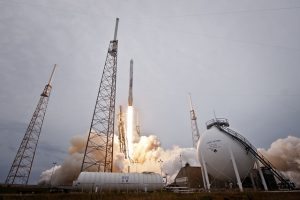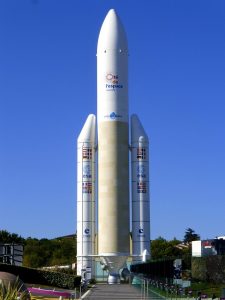10 Steps to Prime Yourself for Aerospace Engineering Studies
To pursue a successful career in aerospace engineering, high school students must be proficient in …….
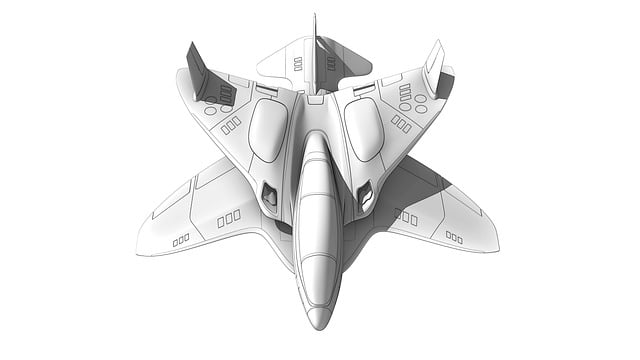
To pursue a successful career in aerospace engineering, high school students must be proficient in core mathematics, particularly calculus, linear algebra, and differential equations, as well as physics, encompassing classical mechanics, thermodynamics, and fluid dynamics. A strong foundation in these subjects is crucial for understanding the principles of aircraft and spacecraft performance, system reliability, and the complexities of flight and orbital mechanics. Additionally, knowledge of electromagnetism is important for grasping radar systems, communication technologies, and propulsion systems. Students should engage with advanced placement courses, online resources, summer programs, and practical experiments to prepare for the challenging college curriculum. They should also focus on developing problem-solving skills, critical thinking, and proficiency in computer science, as these are integral to aerospace engineering. Extracurricular involvement in STEM activities and learning aerospace software tools like CAD and programming languages such as Python or MATLAB will complement formal education. Summer programs and internships provide practical experience and the opportunity to work directly with industry professionals, offering a deeper understanding of aerospace technologies and practices. Engaging with educational resources, including textbooks, online learning platforms, and keeping up-to-date with industry publications, is essential for building a solid foundation in this field. Students should maintain curiosity and keep abreast of current trends through various media to ensure they are well-prepared for university-level studies in aerospace engineering.
Embarking on a journey into aerospace engineering is akin to navigating through the stars themselves. As you transition from high school to university, preparing for this ambitious field requires strategic planning and a robust foundation in both theoretical knowledge and practical skills. This guide serves as your compass, detailing essential math and science fundamentals, honing problem-solving prowess, and identifying pivotal high school courses that lay the groundwork for success. Explore summer programs and internships that offer real-world experiences, and delve into the must-know topics in dynamics, thermodynamics, and fluid mechanics. With a treasure trove of resources and textbooks at your disposal, you’ll be well-equipped to soar into the realm of aerospace engineering. This article is your blueprint for a smooth transition from aspiring student to seasoned aerospace engineer.
- Essential Math and Science Foundations for Aerospace Engineering
- Mastering Problem-Solving and Critical Thinking Skills
- Recommended High School Courses for Prospective Aerospace Engineers
- Summer Programs and Internships in Aerospace for High School Students
- Must-Know Topics: Dynamics, Thermodynamics, and Fluid Mechanics
- Identifying and Utilizing Aerospace Engineering Resources and Textbooks
Essential Math and Science Foundations for Aerospace Engineering
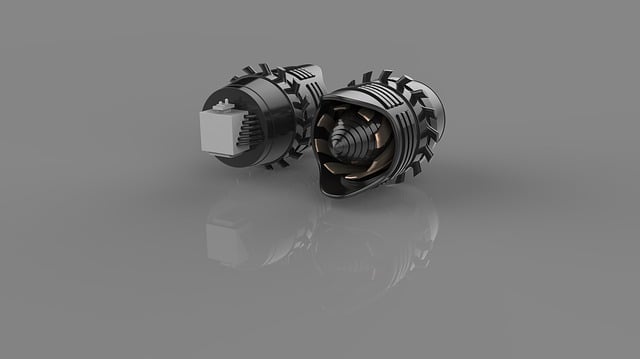
To lay a solid foundation for a successful journey into aerospace engineering, it is imperative to have a strong grasp of fundamental math and science principles. Mathematics serves as the language through which engineers model and analyze real-world phenomena, with calculus being particularly crucial due to its application in dynamics, aerodynamics, and control systems. Students should master differential equations, linear algebra, and probability and statistics, as these are integral to understanding flight mechanics, orbital mechanics, and system reliability.
In parallel with mathematical proficiency, a robust understanding of physics is indispensable. Particularly, students should delve into classical mechanics, thermodynamics, and fluid dynamics. These areas provide the framework for analyzing the behavior of aircrafts and spacecrafts under various conditions. A firm grasp of electromagnetism will also be beneficial, as it is foundational to the study of radar systems, communication technologies, and propulsion systems. Additionally, a grounding in physics principles such as momentum, energy, and wave behavior will facilitate comprehension of how forces affect spacecraft trajectories and how energy conversion occurs within engines. By cultivating these math and science skills during high school years, aspiring aerospace engineering students will be well-prepared to tackle the complex challenges presented at the university level. Access to advanced placement (AP) courses, online resources, summer programs, and hands-on experiments can further enhance a student’s readiness for the rigorous demands of aerospace engineering studies.
Mastering Problem-Solving and Critical Thinking Skills
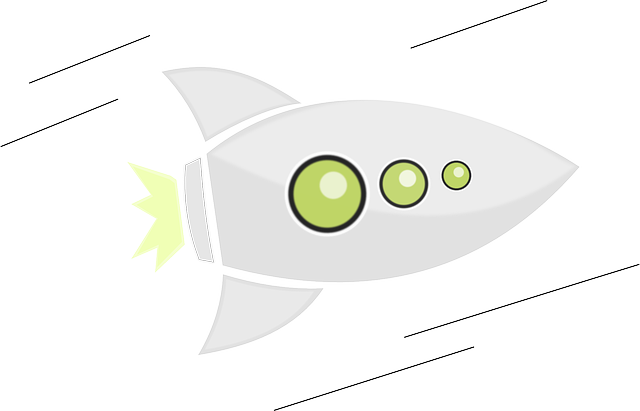
To excel in aerospace engineering, mastering problem-solving and critical thinking skills is paramount. These competencies are not inherently tied to mathematics or science alone but are essential in synthesizing information from various disciplines, including physics, materials science, and computer science. As you navigate through high school, engage with problems that require logical reasoning, analytical thought processes, and creative solutions. This will prepare you for the complex challenges posed by aerospace systems. Practice with real-world scenarios, such as those found in engineering case studies or design challenges, to hone your ability to think critically under pressure. Additionally, develop a strong foundation in mathematics, particularly calculus, linear algebra, and differential equations, which are the language of engineering and will be heavily utilized in your studies.
Furthermore, engage with resources that simulate real-world engineering environments, such as computer simulations for aerodynamics or space mission design software. Online platforms offering virtual labs and problem sets can also serve as valuable tools to enhance your understanding of the principles of aerospace engineering. By actively seeking out and engaging with these resources, you will build a robust skill set that will aid you in tackling the rigorous coursework ahead. It’s also beneficial to participate in extracurricular activities like math clubs, science fairs, or robotics teams, which can provide practical experience and collaborative opportunities that are crucial for your future career in aerospace engineering.
Recommended High School Courses for Prospective Aerospace Engineers
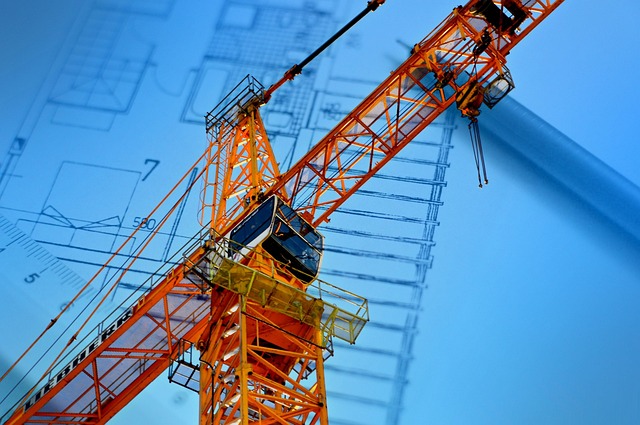
For prospective aerospace engineers, high school is a pivotal time to lay the groundwork for future success in this dynamic field. It’s advisable to focus on mathematics and physics, as these subjects form the core of aerospace engineering principles. Advanced Placement (AP) or International Baccalaureate (IB) courses in calculus, differential equations, linear algebra, and physics are particularly beneficial. These courses will introduce you to the complexities of motion, thermodynamics, and fluid dynamics, which are fundamental to understanding aerospace systems. Additionally, pursuing higher-level courses in chemistry, computer science, and even engineering sciences can provide a comprehensive base, as these subjects often intersect with aerospace applications.
Furthermore, engaging in hands-on activities and extracurricular programs related to STEM (Science, Technology, Engineering, and Mathematics) is highly encouraged. Participation in science clubs, math teams, robotics competitions, or model rocketry and airplane construction can offer practical experience and enhance problem-solving skills. These experiences not only bolster your understanding of scientific principles but also demonstrate to colleges and universities your commitment and potential as a future aerospace engineer. Additionally, learning to use computer-aided design (CAD) software and becoming proficient in programming languages such as Python or MATLAB can be highly advantageous, as they are often used in the field of aerospace engineering for simulation, analysis, and design.
Summer Programs and Internships in Aerospace for High School Students
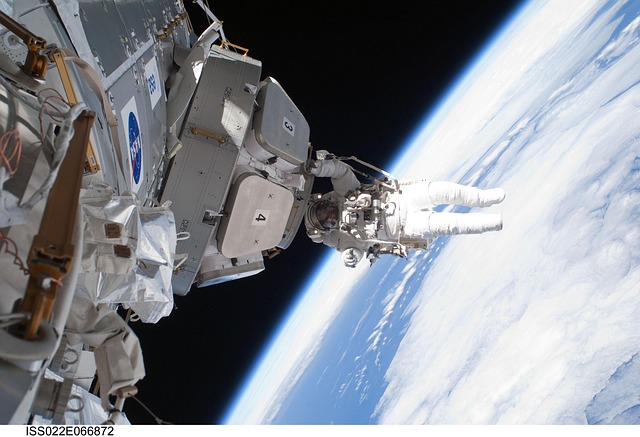
High school students aspiring to enter the field of aerospace engineering can significantly benefit from summer programs and internships tailored to their interests. These immersive experiences not only provide a glimpse into the complexities and intricacies of the discipline but also allow students to apply theoretical knowledge in practical, real-world contexts. Summer programs often offer hands-on workshops, design challenges, and mentorship opportunities that can sharpen problem-solving skills and deepen understanding of aerospace principles. Participants may engage in activities ranging from building model rockets or drones to simulating flight dynamics, thereby laying the groundwork for more advanced studies. Internships, on the other hand, offer high school students the chance to work alongside professionals in the industry. These internships can be found at aerospace companies, research institutions, or universities with robust aerospace engineering programs. Through such internships, students gain exposure to cutting-edge technologies, learn about various aspects of aerospace design and testing, and sometimes even contribute to ongoing projects, all of which can refine their career aspirations and technical acumen. These experiences are invaluable as they not only enhance academic preparation but also facilitate networking with professionals and peers, which can open doors for future educational and career opportunities.
Must-Know Topics: Dynamics, Thermodynamics, and Fluid Mechanics

As you embark on the journey to pursue aerospace engineering, it’s crucial to lay a solid foundation in certain key areas that will form the backbone of your studies. Dynamics is one such fundamental topic, as it governs the behavior of objects and systems under various forces and conditions. A deep understanding of dynamics will enable you to analyze and design aerospace systems with precision. Similarly, thermodynamics is indispensable for comprehending the principles that dictate energy transfer, heat exchange, and fluid flow within engineering systems. This knowledge becomes particularly pertinent when studying aircraft engines, rocket propulsion, and orbital mechanics. Fluid mechanics rounds out this trio of essential topics, providing the framework to analyze how fluids behave in both subsonic and supersonic regimes. This is vital for the aerodynamic design of airplanes, predicting the performance of spacecraft through Earth’s atmosphere, and ensuring the safety and efficiency of propulsion systems.
To adequately prepare for these complex subjects, it’s advisable to engage with advanced mathematics early on in your high school years. Courses in calculus, linear algebra, and differential equations will provide the mathematical tools necessary to tackle problems in dynamics, thermodynamics, and fluid mechanics. Additionally, familiarize yourself with relevant software tools and simulations used in aerospace engineering, as they are instrumental in modeling and analyzing real-world scenarios. By honing your problem-solving skills, embracing hands-on projects, and staying curious about the world of aerospace, you’ll be well-prepared to tackle the challenges and opportunities that await you in university-level aerospace engineering studies.
Identifying and Utilizing Aerospace Engineering Resources and Textbooks
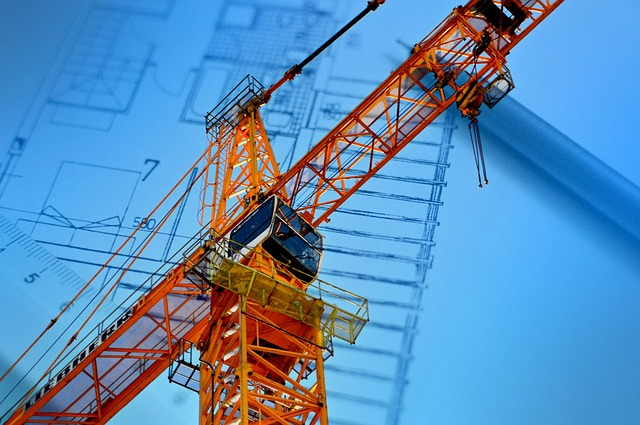
To effectively prepare for a degree in aerospace engineering, identifying and utilizing the right resources is crucial. High school students can begin by exploring textbooks that provide a solid foundation in physics, mathematics, and computer science. These subjects are fundamental to understanding the principles of aerodynamics, orbital mechanics, and control systems that underpin aerospace engineering. Additionally, seeking out online platforms, such as MIT OpenCourseWare or Khan Academy, can offer insightful lectures and tutorials tailored to future engineers. Engaging with these materials early on will not only familiarize you with the subject matter but also demonstrate the practical applications of theoretical concepts.
Furthermore, engaging with aerospace-related content through documentaries, podcasts, and news articles can spark an interest in specific areas within the field. Subscribing to publications like “Aviation Week & Space Technology” or “Air & Space Smithsonian” can provide current insights into industry trends and innovations. Virtual tours of aerospace facilities or museums, such as the Smithsonian National Air and Space Museum, can also be educational and inspiring. By immersing yourself in the world of aerospace engineering through diverse resources and texts, you’ll develop a comprehensive understanding of the field and be better prepared for the rigors of university-level study.
Embarking on a journey to study aerospace engineering is an ambitious endeavor that demands a solid foundation in both mathematics and science, coupled with honed problem-solving and critical thinking skills. This article has outlined ten essential tips to ensure you’re well-prepared for the academic rigors and exciting challenges ahead. From mastering key high school courses to engaging with summer programs and internships, each step is designed to provide a clear path from high school to university success in this field. With a focus on dynamics, thermodynamics, and fluid mechanics—key topics that underpin aerospace engineering—and an awareness of the resources at your disposal, you are now equipped with the knowledge to build a strong foundation before your formal studies begin. As you embark on this rewarding educational journey, remember that continuous learning and curiosity are your most valuable assets. Good luck as you soar into the realm of aerospace engineering.
